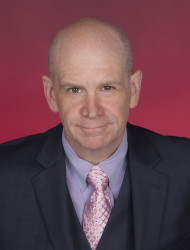
My primary training is in human and awake-monkey visual and cognitive neurophysiology, with Dr. David Hubel at Harvard Medical School. I spent most of my career studying the neural bases of perception and cognition. My main contributions have been to understanding the temporal aspects of visual perception (especially with respect to illusory perception and attention), to developing novel advanced in vivo imaging methods that examine neural activity, and microscopic blood flow control by mural cells in deep capillaries. These methods have been conducted in both neurotypical and diseased populations of humans, monkeys, or rodents, and in both brains and retinas. The approaches have integrated human visual with oculomotor neuroscience in applied settings, such as in military combat aviators and trauma surgeons. I recently received the EyeTrack Award for work on characterizing pathological eye movements in neurodegenerative disease.
My new track of research to integrate several methods of advanced non-linear imaging to study neuronal activity with calcium imaging, in addition to the local bioenergetic demands placed on local microscopic blood flow, in response to normal functional activity, epilepsy, age-related macular degeneration, and traumatic ocular injury was recently awarded the Empire Innovator Award by the State of New York, and The America Epilepsy Society recognized my novel approach to epilepsy by awarding me the 2013 Research Initiative Award. In these studies we have been using in vivo awake fiber-coupled confocal imaging, in vivo two-photon microscopy, and quantitative stereological techniques.